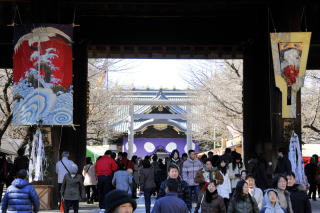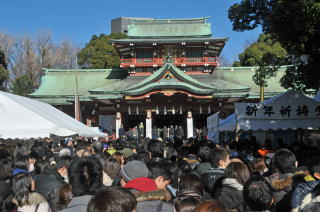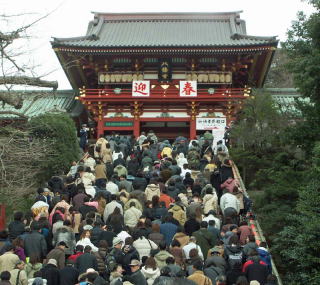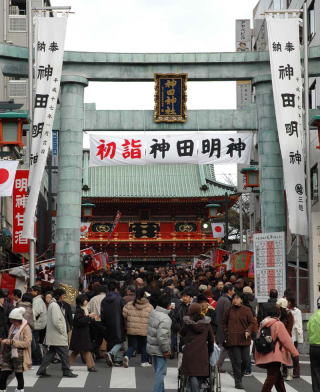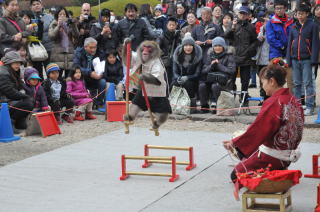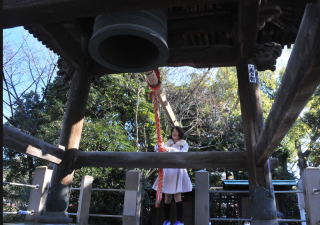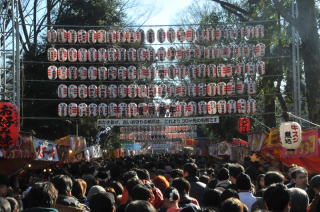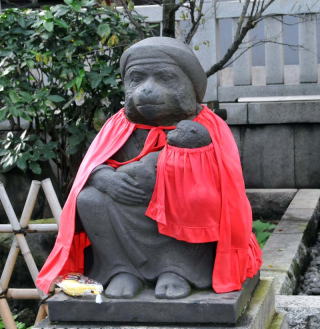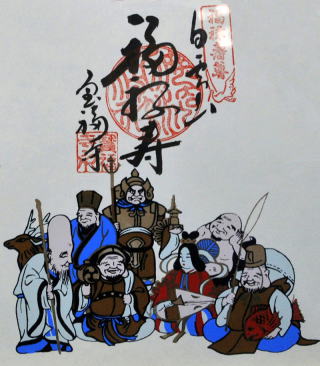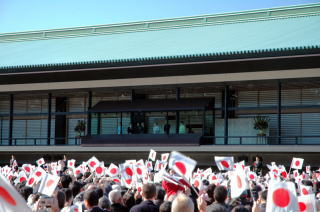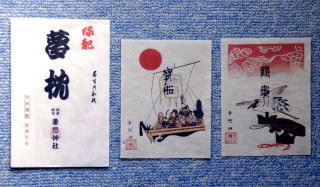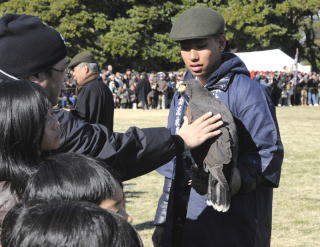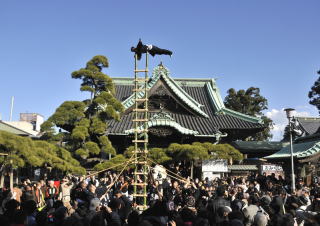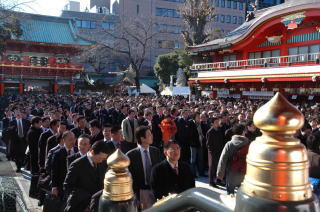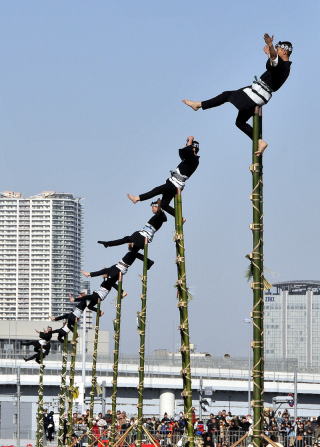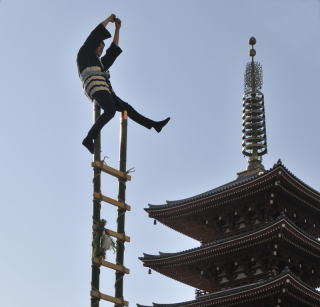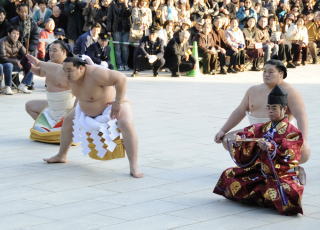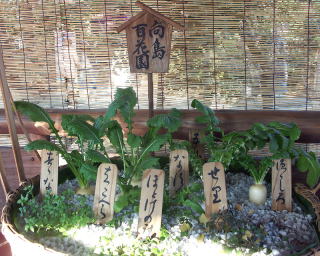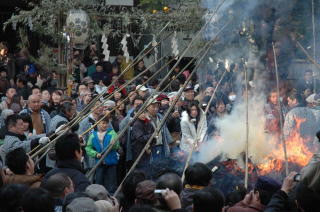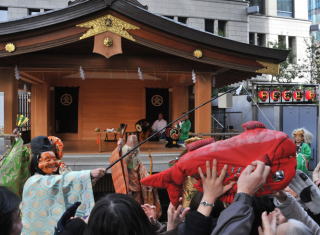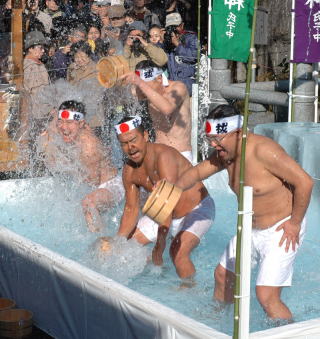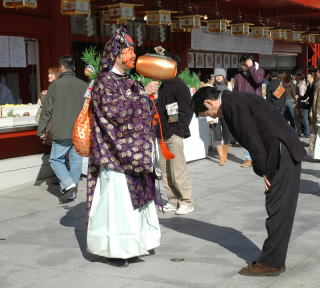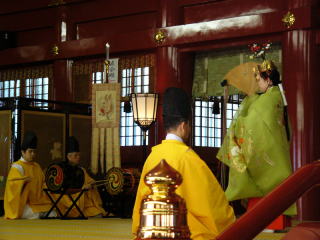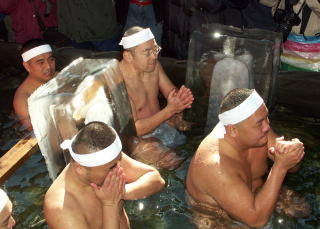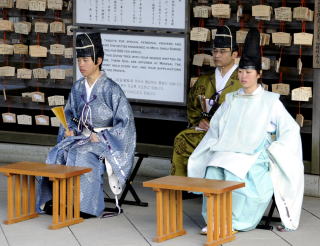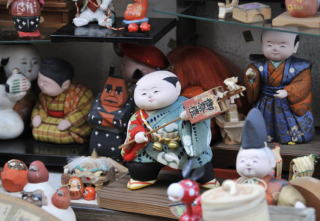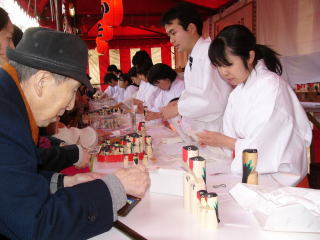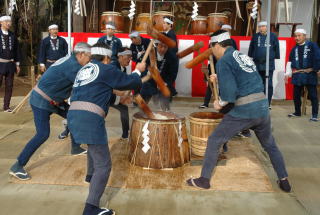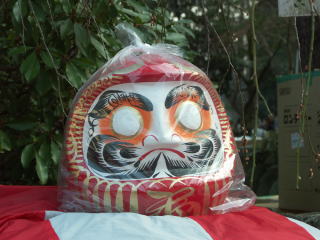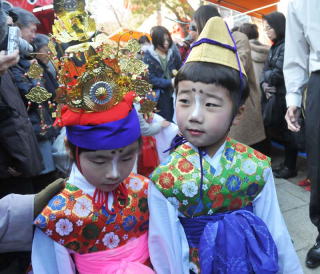| New Year Days Jan. 1,2 and 3 Meiji Shrine in Yoyogi, Shibuya-ku Every year, the Meiji Shrine attracts the most visitors to come to to pray for the new year among all shrines and temples in Japan. In 2016, it was at 3.16 million during the first three days of the new year. The shrine is dedicated to the memory of the Emperor Meiji and Empress Shoken. It was built in 1920. The shrine stands in beautiful surroundings of forests (170,000 trees of 245 species in 42 acres) while it is located in the midst of Tokyo. Etiquette of shrine visiting: 1.Bow once when entering and leaving. 2. Rinse your left hand first and then right hand at the font. Rinse the dipper. 3. You may put some coins into the offertory box. Bow twice. Clap your hands twice. You may make a wish if you like. Bow once again. URL: Meiji Jingu Nearest Stn. Harajuku on JR Yamanote Line or Meiji Jingu-mae on Subway Chiyoda Line. 03-3379-5511 |
 |
|
| more photos |
